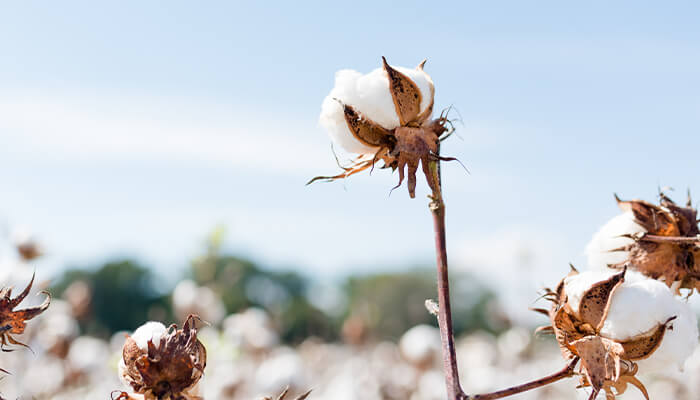
Every Earth Day is an occasion for reflection and an opportunity for improvement, but Earth Day 2021 marks a unique moment and a singular chance to create lasting change. As the world begins to sketch its post-COVID shape, rather than simply returning to business-as-usual, many industries will be looking to rebuild not only with greater resilience and a new awareness of risk but in a way that allows them to play a part in restoring the planet.
The specter of climate change looms large over every sector – but especially those that create products destined for consumers. And from raw material sourcing to the secondary market, the complete lifecycle of consumer products and fashion is constantly under the microscope, making an even stronger case for change.
When it comes to evaluating the impact of how the industry sources, produces, uses, and disposes of materials – and how each of those processes can improve to meet the imperatives of environmental protection – cotton is in an excellent position to contribute to the conversation.

The cotton industry has already taken huge strides to minimize its use of natural resources, and to create a circular path from the soil to the shopper’s wardrobe – and back again. As a natural fiber, cotton stems from the earth, where smart cultivation, stewardship and harvesting, reduced emphasis on pesticides, and new genetic varieties of crops, are combining to create a responsible, regenerative approach to agriculture that can actually improve the soil rather than subtracting from it.1
With sustainability front of mind this Earth Day, waste is the watchword, and very little is wasted when it comes to cotton. Post-harvesting, the remains of the plants can be returned to the soil to provide nutrients, and by-products are routinely transformed into oil for human consumption, feed for dairy cows, and ingredients for more sustainable approaches to fabric dyeing.
Additionally, using innovative manufacturing methods, the cotton textile industry has the ability to reduce the WEC environmental footprint by at least 50 percent.

Implementing these efforts at the farm and manufacturing level means that when a cotton product reaches the consumer, they can be confident that it had a truly natural start in life. And as that product travels beyond its original owner into the secondary market, the natural durability of high-quality cotton fabrics can provide the opportunity for extended use and help prevent it from being prematurely disposed of.
Cotton fibers can also be recycled into new consumer products, both in scrap form and as post-consumer garments and textiles.2 With progressing research through Cotton Incorporated, recycled cotton can also potentially be used in the future in 3D printing or injection molding for buttons, zippers, and other components that are typically made of less sustainable plastic or metal – upgrading a part of the product lifecycle that sustainability strategies often do not touch. In another recycling opportunity, cotton denim that has degraded enough to be unsuitable for consumer reuse can be converted into home insulation, saving tons of garments from entering landfills.

Unlike most synthetic fibers, when it reaches the end of its useful lifespan, cotton can return to the earth it grew from, giving back essential nutrients to the soil, and helping to regenerate and rebuild the earth.
Earth Day is a unique chance to take stock and to consider our relationship with the planet. It is also an opportunity to make cotton the centerpiece of your sustainability strategy for Earth Day 2021 and beyond.